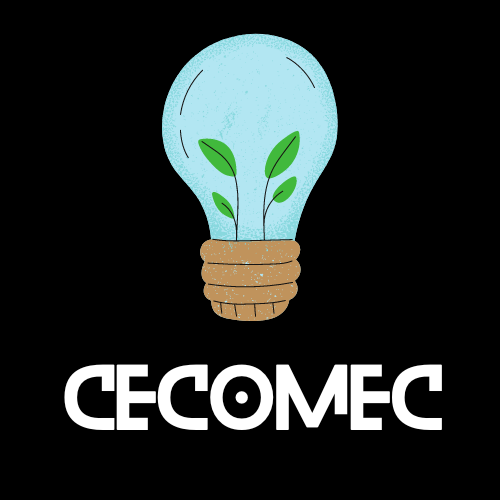The CECOMEC project
Spicing up Ceria for Solid Oxide Fuel Cells

The mission
CeO2-δ compounds exhibit interesting ion transport properties that strongly depend on the microstructure and the on presence of dopants and impurities. Such flexibility makes them interesting candidates e.g. for catalytic materials working on the anode side of Solid Oxide Fuel Cells, significantly affecting the process of direct internal reforming of biogas and limiting the carbon deposition process on the fuel cell.
Using Ceria it is also possible to exsolve transition metals nanoparticles to the surface of its grains. In this process, occurring in reducing conditions, some cations from within the host compound migrate in the form of nanoparticles towards the oxide surface. The exsolution method offers even distribution of particles as well as improved attachment to the host material. The resulting material possess structural aspects at the microscale (incorporation site of the dopants) and at the mesoscale (nanoparticles) both contributing to the overall behaviour.
Understanding the link between transport properties and micro/meso-structure in CeO2-δ doped with rare earths (RE: La,Gd,Pr,Sm) and transition metals (TM: Ni/Fe/Co/Cu) will be the object of the CECOMEC project.
The methods
Materials preparation
For this research, the nanocrystalline materials for electrodes will be prepared at the Gdansk Tech following the wet synthesis methods (e.g. Pechini, co-precipitation or reverse microemulsion) and characterized from the application point of view via XRD, SEM, BET, dilatometry, as well as by measurements of electrical conductivity and catalytic activity led in the catalytic reactor.
Chemical analysis
The structural studies will be carried out at the LISA beamline at the ESRF. will be focused on the microscopic characterization of the electrodes in both ex-situ and operando conditions with the XAS technique . The extreme flexibility of the beamline will permit the analysis of the Transition Metals as well as Rare Earth elements.
Microscopy
The morphology and microscopical analysis of the samples will be carried out at the PolyX and DEMETER beamlknes at SOLARIS. These instruments will provide the morphological and microscopical information (shape, composition, element distribution of nanostructures) at a larger scale (several nm to mm).
Impact
This project will shed a light on the effect of different Rare Earth and Transition Metal dopants on the overall behavior of ceria-based electrodes, in particular by linking their local structure and chemistry with the overall catalytic efficiency.
Understanding the role of additives to ceria, particularly in the case of double doping, will allow tailoring the properties of future compounds in order to make them more efficient for electrochemical applications.